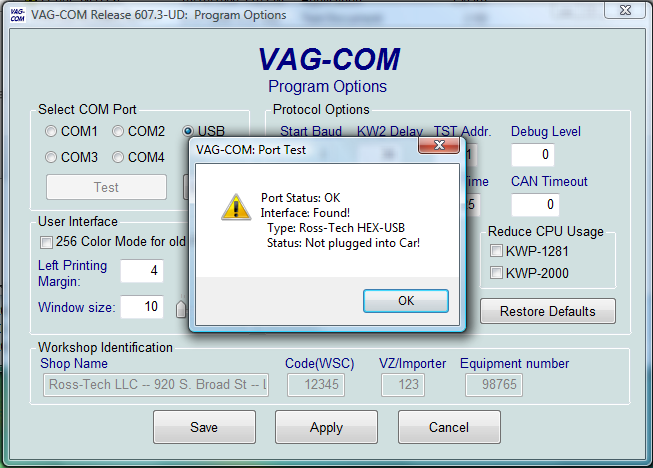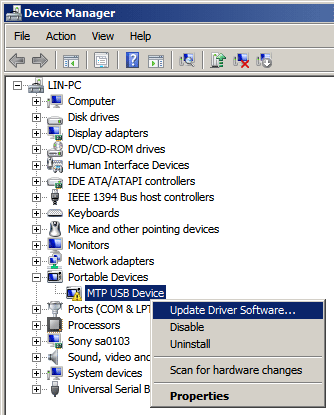- Hex Code Usb Devices Driver Download For Windows 10 Windows 7
- Hex Code Usb Devices Driver Download For Windows 10 64-bit
- Hex Code USB Devices Driver Download For Windows 10
- Hex Code Usb Devices Driver Download For Windows 10 32-bit
- Hex Code Usb Devices Driver Download For Windows 10 Xp
If the driver was not installed, remove the Serial adapter then run 'PL2303DriverInstaller.exe' again. Follow directions in Device Manager to download the correct driver. The three solutions listed in this article have proven to be quite helpful in fixing a Prolific USB to Serial driver not working on Windows 10. Windows® Windows XP®(SP3 or greater) Windows Vista® Windows 7® Windows 8® Windows 10® Works with devices running Android®,Motorola OS, or Windows Mobile® operating systems. Mac OS X® Mac OS® 10.5.8 Leopard Mac OS® 10.6 Snow Leopard Mac OS® 10.7 Lion Mac OS® 10.8 Mountain Lion Mac OS® 10.10 Yosemite Works with devices running. Click on Windows Icon and type Device Manager. Double Click on Device Manager. Explore the list of the installed devices. From the list, identify the malfunctioning device. Right-click and choose the Uninstall option. Click Ok to uninstall the device. Now, in Device Manager, right-click on the Computer Name. On mobile editions of Windows, such as Windows 10 Mobile, only drivers that are part of the operating system are loaded. Unlike desktop editions, it is not possible to load a driver through an external driver package. With the new in-box INF, Usbser.sys is automatically loaded if a USB-to-serial device is detected on the mobile device.
Hex Code Usb Devices Driver Download For Windows 10 Windows 7
-->This article helps to fix an issue in which Windows 10 doesn't install specific drivers for USB audio devices on the first connection.
Original product version: Windows 10, version 1703
Original KB number: 4021854
Symptom
When you connect a USB audio device to a Windows 10 Version 1703-based computer the first time, the operating system detects the device but loads the standard USB audio 2.0 driver (usbaudio2.sys) instead of the specific device driver.

Cause
This issue occurs because the USB audio 2.0 driver (usbaudio2.sys) isn't classified as a generic driver in Windows 10 Version 1703. Therefore, the system assumes that a compatible, nongeneric driver is installed for the device even though the driver is generic.
This issue also causes Windows 10 Version 1703 to postpone the search for other compatible drivers through Windows Update that typically occurs immediately after you install a new device.
Resolution
To fix this issue, use one of the following methods.
Method 1
To resolve this issue, install update 4022716.

Method 2
If the device-specific driver is distributed through Windows Update, you can manually update the driver by using Device Manager. For more information about how to do this, see update drivers in Windows 10.
Method 3

If the device is not yet connected, first install the device-specific driver, such as by using the appropriate installer. After the device-specific driver is installed, Windows 10 will select that driver instead of the standard USB audio 2.0 driver when you first connect the device.
Note
See the device manufacturer's user guide for specific instructions about how to install the driver.
Method 4
If the driver isn't distributed through Windows Update, you can manually reinstall the driver. To do this, follow these steps:
- Install the device-specific driver (see Method 2).
- Open Device Manager.
- Right-click (or tap and hold) the name of the device, and then select Uninstall.
- Restart the computer.
When it restarts, Windows will try to reinstall the device by using the device-specific driver.
Virtual COM Port Drivers for Ross-Tech USB Interfaces
Older Ross-Tech RS-232 Serial interfaces can be set to power up as 'dumb K-Line pass through' interfaces. This allowed those old Serial interfaces to be compatible with a wide variety of third-party applications which expect a 'K-line pass-through' serial interface. However, our USB interfaces present additional challenges. Early in their development, we found a number of technical advantages to using a 'direct' USB driver which bypasses the Windows Serial drivers entirely. Hence the USB drivers that ship with VCDS do not emulate a serial COM port and cannot be used with applications that expect to communicate via a serial port.
NOTE: The following applies to our legacy USB interfaces (HEX-USB, KII-USB and HEX-USB+CAN). It does NOT apply to our current HEX-V2 or HEX-NET interfaces. These new interfaces do not use a USB UART chip and cannot be be used for 'dumb K-line pass-through'!
In order to facilitate the use of third-party applications which expect to communicate with a serial interface, drivers that emulate a COM port are available. However, anyone thinking about using them needs to be aware of the following points:
Hex Code Usb Devices Driver Download For Windows 10 64-bit
We do not offer installation support for these drivers. They should be used only by someone who is competent/comfortable installing (and possible uninstalling) USB drivers on his PC.
We cannot offer any support for third-party software, nor any guarantee that it will work correctly with these drivers. Of course, the same would apply with a serial interface as well.
Hex Code USB Devices Driver Download For Windows 10
That said, here some installation notes:
These drivers are compatible with Windows 2000 and newer. They should work with W2K, XP-32, XP-64, Vista-32 and Vista-64. We do not have any VCP drivers for Windows 98!
Unzip the contents of the download into a new folder.
With an interface plugged in, find it in Device Manager, right-click it, and select Update Driver.
Depending on what drivers your system already has installed, you may have to 'force' these by telling the wizard not to search, but to let you specify what driver to install, then doing the Have Disk and Browse thing.
There's also the possibility that the Virtual COM Port won't install automatically. We've found no real pattern why it does on some systems and not on others. If it does not, find the interface in Device > Manager. The name should show '... with VCP'. Open the properties sheet, click the Advanced tab, and make sure Load VCP is checked. Once checked, disconnect and re-connect the interface.
Once the USB Serial Port is installed, you may need to change the COM Port Number (depending on how high a number the applications supports). Device Manager, Properties sheet for the USB Serial Port, Port Settings tab, Advanced button. The COM Port Number may change if you plug the interface into a different USB port, so I'd recommend always using the same USB port.
VCDS should continue to work fine with these drivers installed. Leave VCDS set to USB, not a Virtual COM Port!
Hex Code Usb Devices Driver Download For Windows 10 32-bit
Assuming you've read and understand all of the above, you can download the 'Virtual COM Port' drivers here:
Hex Code Usb Devices Driver Download For Windows 10 Xp
Home
Products
VCDS
Product Information
Interfaces
TWIN-USBKII-USB HEX-USB+CAN
Virtual COM Port Drivers
